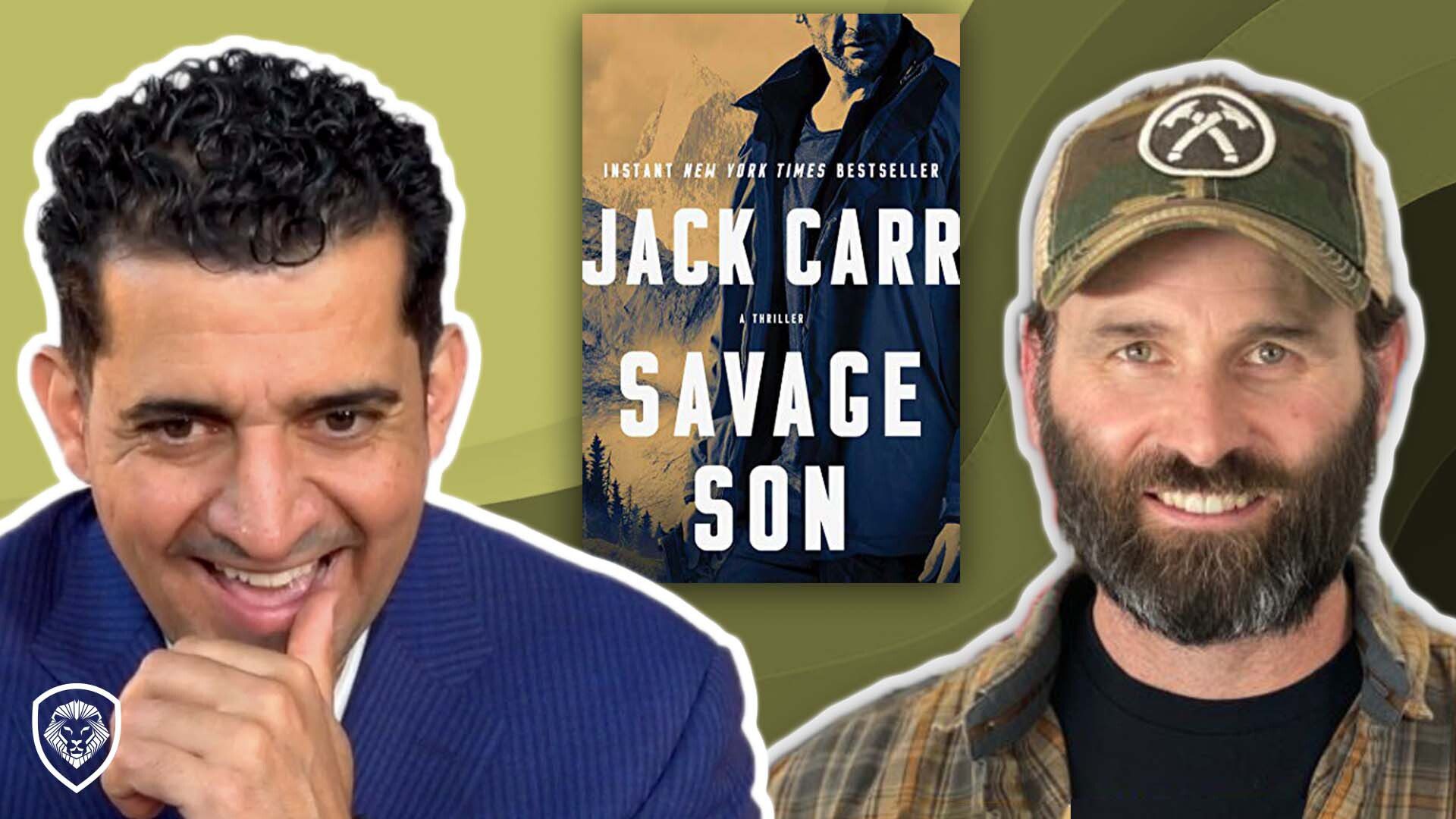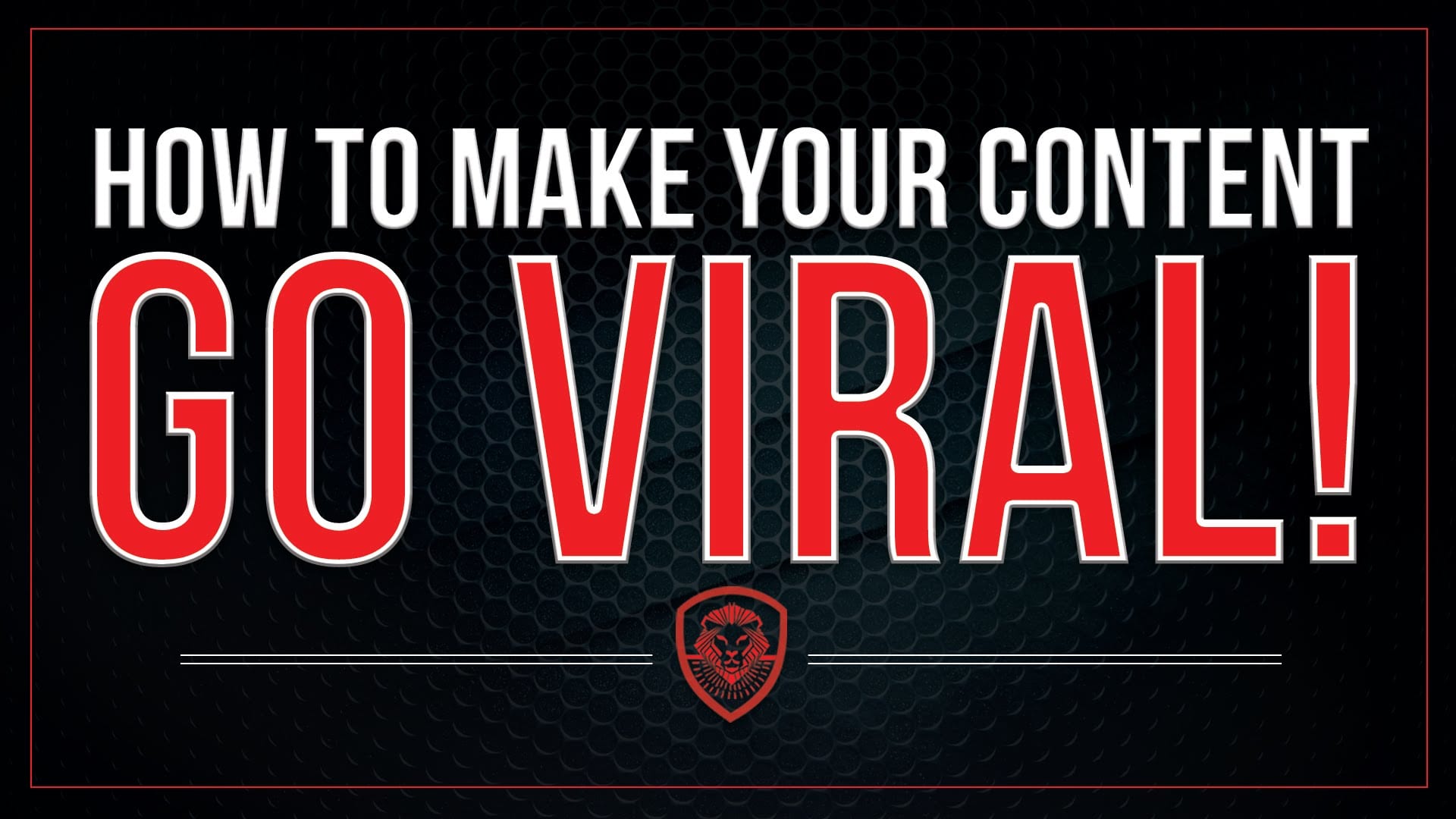How To Go Viral: The Ultimate Guide To Making Your Content Skyrocket
Imagine this: Your content blowing up on the internet, reaching millions, and turning into a global sensation. Sounds like a dream? Well, it’s closer than you think. Going viral isn’t just about luck—it’s about strategy, creativity, and knowing the right moves. In this ultimate guide, we’ll break down how to make your content go viral step by step. Ready to dive in?
Let’s face it, everyone wants their content to hit the jackpot. Whether you’re a business owner, a content creator, or just someone looking to make a splash, the allure of viral content is irresistible. But here’s the deal: going viral isn’t as random as people think. It’s a mix of science, psychology, and a dash of magic.
This guide isn’t just another fluff piece. We’re going to dig deep into the secrets of viral content, from understanding your audience to mastering the art of storytelling. So buckle up, because by the end of this, you’ll have the tools to turn your content into a viral sensation.
- Thousandhunny Naked The Unfiltered Truth Behind The Trend
- 5movierulz 2025 Download Your Ultimate Guide To Movie Streaming
Table of Contents
- Understanding What Makes Content Go Viral
- Knowing Your Audience Inside Out
- Developing a Viral Content Strategy
- Choosing the Right Platforms
- Mastering the Art of Storytelling
- Tapping into Emotions
- The Importance of Timing
- Experimenting with Different Content Formats
- Promoting Your Content Effectively
- Tracking Your Viral Success
Understanding What Makes Content Go Viral
First things first, let’s get the basics straight. Viral content isn’t just about being funny or quirky. It’s about creating something that resonates with people on a deeper level. Research shows that viral content often triggers strong emotions—whether it’s joy, awe, anger, or even sadness. According to a study by the New York Times, 69% of people share content because it reflects who they are or what they care about.
So, what exactly makes content go viral? Here’s the lowdown:
- Emotional appeal: Content that evokes strong emotions tends to get shared more.
- Relevance: People are more likely to share content that’s timely and relevant to current trends.
- Value: Providing value—whether it’s entertainment, education, or inspiration—increases the chances of your content going viral.
Key Elements of Viral Content
Let’s break it down further. Viral content usually has these key elements:
- Why Filmyfly New Movie Releases Are A Mustwatch For Every Film Buff
- Billie Eilish Nude Leaks Separating Fact From Fiction And Understanding The Impact
- High-quality visuals or videos that grab attention.
- A strong narrative that keeps people hooked.
- A call to action that encourages sharing.
Knowing Your Audience Inside Out
One of the biggest mistakes people make is creating content without knowing who they’re targeting. Understanding your audience is crucial if you want your content to resonate. Ask yourself: Who are they? What do they care about? What makes them tick?
Here’s a quick tip: Use data. Tools like Google Analytics, social media insights, and surveys can give you valuable insights into your audience’s behavior and preferences. For example, if you’re targeting millennials, you might want to focus on platforms like TikTok or Instagram, where they’re most active.
Creating Buyer Personas
Buyer personas are like mini-profiles of your ideal audience. They help you tailor your content to specific demographics. Here’s how you can create one:
- Age: What’s their age range?
- Interests: What topics or trends interest them?
- Behavior: How do they consume content?
Developing a Viral Content Strategy
Now that you know your audience, it’s time to create a strategy. A viral content strategy isn’t just about posting random stuff and hoping for the best. It’s about planning, testing, and iterating. Start by setting clear goals. Are you trying to increase brand awareness? Drive traffic to your website? Or maybe boost engagement?
Once you’ve set your goals, map out a content calendar. This will help you stay organized and consistent. Remember, consistency is key when it comes to going viral. People need to see your content regularly to remember you.
Types of Viral Content
Not all content is created equal. Some formats are more likely to go viral than others. Here are a few types of viral content to consider:
- Listicles: People love lists. They’re easy to consume and share.
- How-to guides: Educational content that solves a problem is always a winner.
- Videos: Visual content, especially short-form videos, tends to perform well.
Choosing the Right Platforms
Where you post your content matters just as much as what you post. Different platforms have different audiences and algorithms. For example, TikTok is great for short, engaging videos, while LinkedIn is better for professional content. Do your research and choose platforms that align with your goals and audience.
Pro tip: Don’t spread yourself too thin. Focus on a few platforms where your audience is most active. Quality over quantity, folks!
Platform-Specific Strategies
Each platform requires a slightly different approach. Here’s how you can optimize your content for some popular platforms:
- Instagram: Use eye-catching visuals and captions that encourage engagement.
- Twitter: Keep it short and sweet, and use trending hashtags.
- YouTube: Invest in high-quality video production and optimize your titles and descriptions for search.
Mastering the Art of Storytelling
Storytelling is one of the most powerful tools in your viral content arsenal. People love stories—they help us connect emotionally and remember information better. A good story should have a clear beginning, middle, and end. It should also have a protagonist (that’s you or your brand) overcoming challenges to achieve a goal.
Here’s an example: Let’s say you’re a fitness brand. Instead of just posting workout tips, tell the story of someone who transformed their life through exercise. People will relate to the struggle and be inspired to take action.
Tips for Effective Storytelling
Want to take your storytelling to the next level? Here are a few tips:
- Be authentic: People can spot fake stories from a mile away.
- Use visuals: Pictures and videos can enhance your story and make it more engaging.
- Keep it relatable: Your story should resonate with your audience’s experiences.
Tapping into Emotions
As we mentioned earlier, emotions play a huge role in viral content. But which emotions should you target? Research shows that content that evokes positive emotions like happiness, awe, and inspiration tends to perform better. However, negative emotions like anger and sadness can also be effective if used strategically.
Here’s a fun fact: According to a study by Jonah Berger, content that elicits high-arousal emotions—whether positive or negative—is more likely to be shared. So, don’t be afraid to push boundaries and create content that makes people feel something.
Emotional Triggers to Use in Your Content
Here are some emotional triggers you can use to make your content more shareable:
- Surprise: Unexpected twists or reveals can grab attention.
- Empathy: Content that makes people feel understood and supported.
- Curiosity: Teasers and cliffhangers that encourage people to keep watching or reading.
The Importance of Timing
Timing is everything when it comes to viral content. Posting at the right time can make a huge difference in how your content performs. For example, posting on social media during peak hours when your audience is most active can increase your chances of getting seen and shared.
But how do you know when to post? Again, data is your friend. Use analytics tools to find out when your audience is most engaged. And don’t forget to experiment—sometimes the best times are the ones you least expect.
Best Times to Post on Social Media
Here’s a quick guide to the best times to post on some popular platforms:
- Facebook: Midweek, between 1 PM and 4 PM.
- Instagram: Weekdays, around noon.
- Twitter: Early morning or late afternoon.
Experimenting with Different Content Formats
Not all content formats are created equal. Some work better than others depending on your audience and platform. That’s why it’s important to experiment with different formats to see what works best for you. For example, if you’re targeting a younger audience, short-form video content like TikToks or Reels might be more effective than long-form blog posts.
Don’t be afraid to mix things up. Combine text, images, videos, and even audio to create a multi-sensory experience for your audience. The more engaging your content is, the more likely it is to go viral.
Popular Content Formats for Virality
Here are a few content formats that are popular for going viral:
- Infographics: Visual representations of data that are easy to digest and share.
- GIFs: Short, looping animations that add humor or emphasis to your content.
- Live streams: Real-time content that creates a sense of urgency and interaction.
Promoting Your Content Effectively
Even the best content won’t go viral if no one sees it. That’s why promotion is key. Start by leveraging your existing audience. Encourage your followers to share your content with their networks. You can also collaborate with influencers or other brands to reach a wider audience.
Don’t forget about paid promotion. Platforms like Facebook and Instagram offer targeted advertising options that can help you reach specific demographics. While it might cost you a bit, the return on investment can be huge.
Effective Promotion Strategies
Here are a few strategies to promote your content:
- Engage with your audience by responding to comments and messages.
- Use hashtags to increase visibility and reach.
- Run contests or giveaways to encourage sharing.
Tracking Your Viral Success
Finally, it’s important to track your progress and measure your success. Use analytics tools to monitor key metrics like views, shares, likes, and comments. This will help you understand what’s working and what’s not. Don’t be afraid to tweak your strategy based on the data you collect.
And remember, going viral isn’t just about the numbers. It’s about creating meaningful connections with your audience and building a loyal community. So, keep experimenting, keep learning, and most importantly, keep creating amazing content.
Key Metrics to Track
Here are some metrics you should keep an eye on:
- Engagement rate: How many people are interacting with your content?
- Reach: How many people are seeing your content?
- Conversion rate: How many people are taking the desired action (e.g., signing up, buying, etc.)?
Conclusion
Going viral isn’t rocket science, but it does require a strategic approach. By understanding your audience, creating emotionally engaging content, and promoting it effectively, you can increase your chances of success. Remember, consistency is key. Keep creating, keep experimenting, and most importantly, keep learning.
So, what are you waiting for? Start applying these tips today and watch your content take off. And don’t forget to leave a comment or share this article if you found it helpful. Let’s make the internet a more awesome place, one viral post at a time!
- Ullu Telugu Web Series Movierulz Your Ultimate Guide To Streaming And Downloading
- Download Marathi Movies On Vegamovies Your Ultimate Guide To Streaming Bliss

How to Make Your Content Go VIRAL! Patrick BetDavid

How to Make Your Content Go VIRAL! Patrick BetDavid

How To Make Content Go Viral Tips For Truly Contagious Viral Content